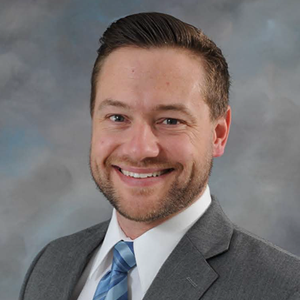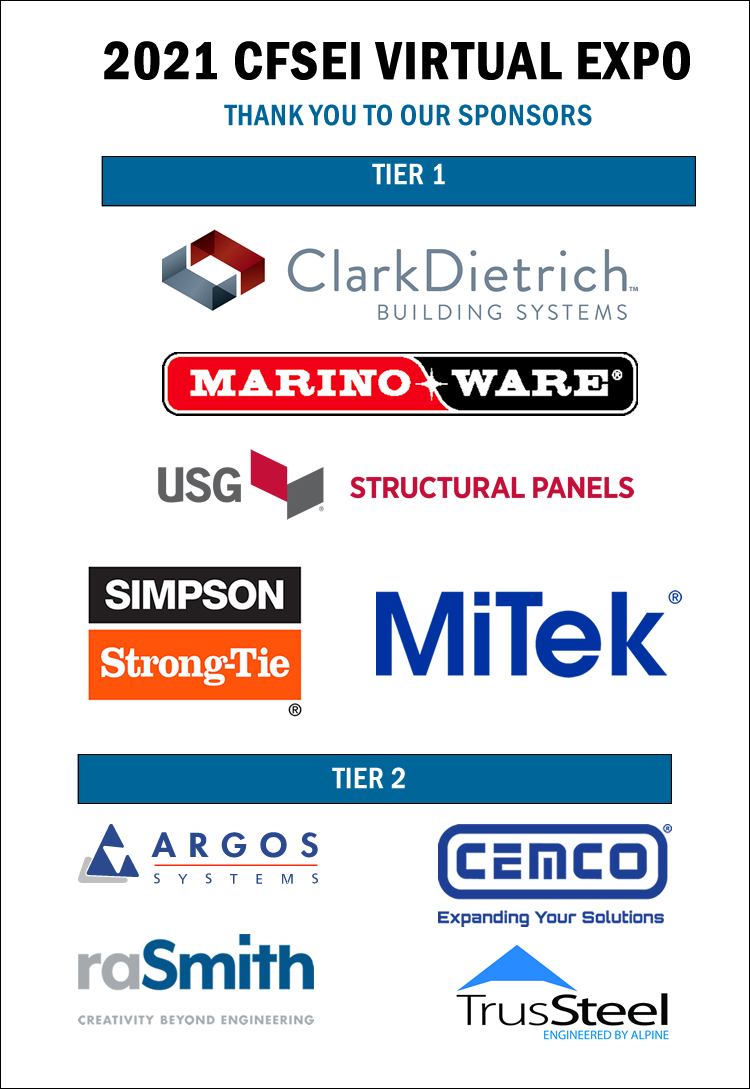
COLD-FORMED SEISMIC – SYSTEMS, COMPONENTS AND MAKING THE BEST DECISIONS
CONTINUING EDUCATION: 1 PDH
OUTLINE
A presentation that discusses code sections and cookbook examples for cold-formed steel seismic design can be valuable. However, this presentation will focus instead on both code requirements and the decisions that need to be made along the way.
Various seismic systems will be discussed in regard to their rigidity, strength, detailing, and practicality. The following questions will be answered:
- What do I have to do differently for seismic design versus a typical 6-8 story building?
- What are the pitfalls with respect to overstrength factors and seismic component design?
- What are the limitations of my lateral system?
- Are there special considerations for seismic design that do not control at shorter heights?
- What are the pitfalls and other design checks that can control design?
- Can I mix lateral systems? What do I have to do differently?
- How does my diaphragm behave? Rigid? Flexible?
ABOUT THE PRESENTER
Cody L. Dailey, M.S., P.E., S.E.
McClure Engineering Company
 Cody Dailey, M.S., P.E., S.E. is vice president of structural services for McClure Engineering Company based in Missouri, Iowa, and Kansas, and practicing in 48 states. He has over 16 years of experience designing cold-formed systems throughout the country. He has a background specifically in non-bearing exterior framing, curved structural cold-formed, multiple types of floor systems, panelized construction, tall multi-story (10+) drift controlled cold-formed hybrid lateral systems, blast-resistant cold-formed, and DOD progressive collapse. He has overseen multiple projects around the country of 10 stories and taller, including 13 stories in high seismic. Cody Dailey, M.S., P.E., S.E. is vice president of structural services for McClure Engineering Company based in Missouri, Iowa, and Kansas, and practicing in 48 states. He has over 16 years of experience designing cold-formed systems throughout the country. He has a background specifically in non-bearing exterior framing, curved structural cold-formed, multiple types of floor systems, panelized construction, tall multi-story (10+) drift controlled cold-formed hybrid lateral systems, blast-resistant cold-formed, and DOD progressive collapse. He has overseen multiple projects around the country of 10 stories and taller, including 13 stories in high seismic.

|


 Cody Dailey, M.S., P.E., S.E. is vice president of structural services for McClure Engineering Company based in Missouri, Iowa, and Kansas, and practicing in 48 states. He has over 16 years of experience designing cold-formed systems throughout the country. He has a background specifically in non-bearing exterior framing, curved structural cold-formed, multiple types of floor systems, panelized construction, tall multi-story (10+) drift controlled cold-formed hybrid lateral systems, blast-resistant cold-formed, and DOD progressive collapse. He has overseen multiple projects around the country of 10 stories and taller, including 13 stories in high seismic.
Cody Dailey, M.S., P.E., S.E. is vice president of structural services for McClure Engineering Company based in Missouri, Iowa, and Kansas, and practicing in 48 states. He has over 16 years of experience designing cold-formed systems throughout the country. He has a background specifically in non-bearing exterior framing, curved structural cold-formed, multiple types of floor systems, panelized construction, tall multi-story (10+) drift controlled cold-formed hybrid lateral systems, blast-resistant cold-formed, and DOD progressive collapse. He has overseen multiple projects around the country of 10 stories and taller, including 13 stories in high seismic.
